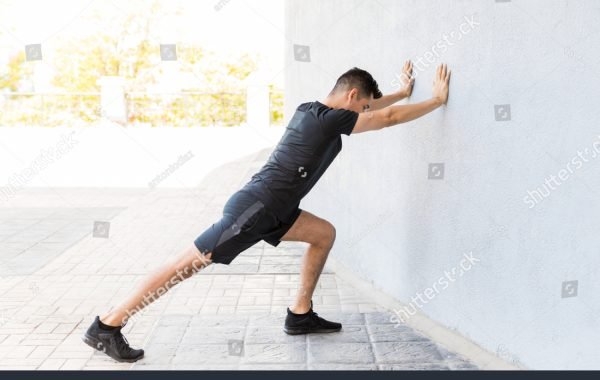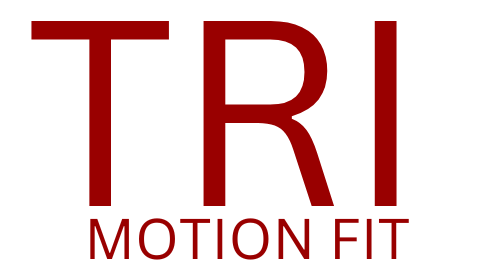Introduction:
That’s it for your run. Congratulations on finishing. By now, you have probably covered a number of those miles and it is about time your body is showered with the love it deserves. All runners’ stretching after running is an important element in their preparations helping with the tension reduction of the muscles, increase of flexibility, and prevention of injuries. In the following guide, we will lead you through everything you need to know on post-run stretching for the beginners, starting from why it is crucial and up to how to do it efficiently.
Why Stretch After Running?
During running, muscles are warmed up and also become a bit more supple that’s why it is the perfect time to stretch. undefined
- Relaxes muscles and ends muscle pain.
- It helps make the body more flexible and able to move freely .
- Helps the flow of blood and enhances the rate of healing.
- Decreases chances of injuries arising as a result of muscle imbalance, and misalignment.
Key Stretches for Runners:
1. Hamstring Stretch:

- Sit on the ground with one leg straight out in front of you and the other leg bent.
- Flex one leg and bring the foot of that leg towards the inner thigh of the opposite leg. The bottom of the foot should be placed on the inside of the other leg.
- Extend your working leg straight in front of you, with toes pointing upwards. Use your buttocks to keep hip bones rooted to the floor.
- Lean forward from your hips, trying to touch your toes with your hands. Keep your back straight as you lean forward so that you feel a stretch along the back of the leg you extend forward.
- Hold the position for 20-30 seconds, then switch positions.
- Perform slowly while releasing the stretching position and returning to your beginning position.
- Perform 3-4 times for each leg.
2. Standing Quadriceps Stretch:

- Stand up in a normal position.
- Bend your knee and grasp it with your corresponding hand.
- If you feel discomfort maintaining balance, use another hand for support.
- Hold this position for 20-30 seconds, then switch positions and perform the same for the opposite leg and hand.
- Perform 4-5 times for each side before every run.
3. Calf Stretch:

- Stand in front of a wall with your hands straight at shoulder height.
- Maintain this position and then take one step back and press your heel into the ground.
- Keep your back straight and lean forward until you feel a stretch.
- Hold this position for 20-30 seconds, then do it for the opposite side.
- Repeat the same steps for the opposite side.
4. Hip Flexor Stretch:

- Kneel with one knee and bend your other knee at a 90-degree angle.
- Shift your upper body weight forward until you feel a gentle stretch in front of your hip.
- Keep your body straight while performing.
- Hold this stretching position for 20-30 seconds, then switch positions for the opposite side.
5. IT Band Stretch:

- Stand up right next to a wall with your feet together.
- Cross your right leg behind your left leg in a criss-cross manner. Lift the left foot slightly forward from the right foot and place your right foot behind.
- Extend your right hand overhead and bend your upper body slightly towards your left side, while using your left hand to steady yourself against the wall.
- Attempt to feel a moderate stretch in the gluteal muscle and along the junction of the hip to the knee of your right leg.
- Hold the stretch for twenty to thirty seconds while breathing deeply and maintaining good posture.
- Repeat the same position and body movements on the other side, so that now your left leg is behind the right leg and your body is leaning to the right side.
- Stretch on both sides 2-3 times initially, then increase the duration gradually as your flexibility improves.
Tips for Effective Stretching:
- As you are doing so, be gentle and full of grace and leave out the bouncing in which you often put much force.
- Let those muscles of yours to relax as well as stretch as you deep breathe.
- Every stretching should last 20-30 seconds and try to have a feel that overall stretching could not be painful.
- Attend to your own body, and make the intensity harmonic with your physical capabilities. Attend to your own body, and modify the level of stretch to suit your physiological attributes.
- You can use a combination of both static stretches (holding a position) and dynamic stretches (moving through a range of motion) in one routine.
Additional Considerations:
- You shouldn’t omit to replenish the water that you have lost through sweating after the exercise.
- Always refuel after a session of running which should be consisting of protein-rich and carbohydrate rich snacks in addition to providing recovery nutrients.
- Imagine rolling over on the foam rollers or sticking in massage tools to help you get rid of muscle pressure as well as advance the recovery process.
- In case of extended period of pain or discomfort, conference with your health care professional or physical therapist is to be done.
Post-run stretching in general is indispensable for all levels of runners – helping in making one more flexible, eliminating muscle tension and accelerating recovery. Having these stretches incorporated into your exercise regimen, you are not only going to feel better after each run but also prevent injuries and enhance your performance, overtime. Therefore, put on those sneakers and go for a run. As you stride along, remember to spend a few minutes on stretching exercises—your body will be truly grateful!




